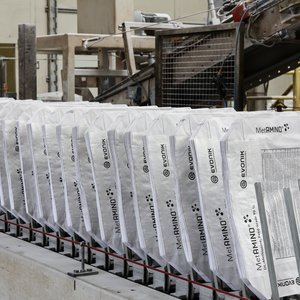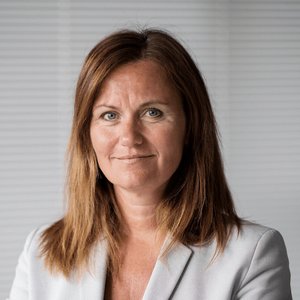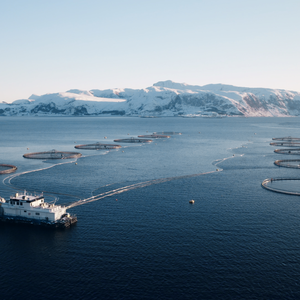Through the activity carried out within the MIMECCA project, specific protocols, suitable for semi-intensive marine aquaculture in earthen ponds (South-Atlantic littoral) and marine aquaculture in floating cages (Mediterranean littoral) have been developed, addressing technical and production-related, environmental, and socio-economic aspects. The implementation of these protocols helps to reduce the activity’s impact on the environment and improve social context and local economy, aiming to achieve long-term sustainability.
The MIMECCA team drafted two calculation protocols, one for each production scheme included in the project.
“These protocols are based on predictive models founded on a minimum production, which is multiplied by technical and production-related, environmental, social, and economic factors,” said Angel Hernandez, Technical staff of the project at CTAQUA. “To select these factors, two workshops were held with experts from the research field, the productive sector, the administration, and the consultancy sector. The values assigned to each factor, depending on different scenarios, were obtained from a Delphi study with a panel of 20 experts at national and international levels.
For the predictive model of aquaculture in floating cages, a model was developed consisting of a minimum production of 50 mT/ha; three technical and production-related factors - space arrangement, food conversion, and distance between farms; three environmental factors -distance to habitats, depth, and current; one social factor -acceptance; and an economic factor - investment in R&D.
“According to the views shared by experts in the Delphi study, technical and production-related and environmental factors are those being remarkably important in the model; this is associated to their direct impact on the rest of factors and to the amount of scientific studies on this subject, being of especial interest the distance between farms and the depth,” stated Angel Hernandez.
For inland semi-intensive aquaculture, a model has been developed made up by six factors, in addition to a minimum production of 14 mT/ha. Out of these, two are technical and production-related factors -food conversion and decantation area; one is an environmental factor -nitrogen per hectare; two are social factors - employment quality and acceptance; and one is economic - profitability of production. As was the case for floating cages, technical and production-related factors are those implying greater multiplying values, to be highlighted the food conversion rate, the decantation area ratio, and nitrogen input by hectare.
It should be noted that the minimum production was established following the recommendations from an extensive panel of experts and taking into account data provided by administrations and aquaculture industry.
In spite of having been granted less relative importance on the Delphi study than other factors, the panel of experts of the project and the sector considered necessary to bear in mind social and economic factors, particularly in the area of the South-Atlantic littoral.
“The integration of this type of factors in carrying capacity models is something which is completely new and which had not been taken into consideration in previous experiences in other Mediterranean countries,” stated Maria del Mar Agraso. “Thus the model is enriched by aspects needed to address aquaculture planning from an eco-systemic point of view, as stated by the FAO.”
CTAQUA considers it important to utilize the approach initiated within the MIMECCA project, as predictive models are valuable tools for planning in the sector, helping to establish the carrying capacity for a sustainable sector, through generic factors that administrations and producers may easily apply.
To communicate its final outputs, the MIMECCA team gathered stakeholders last week in Madrid.










